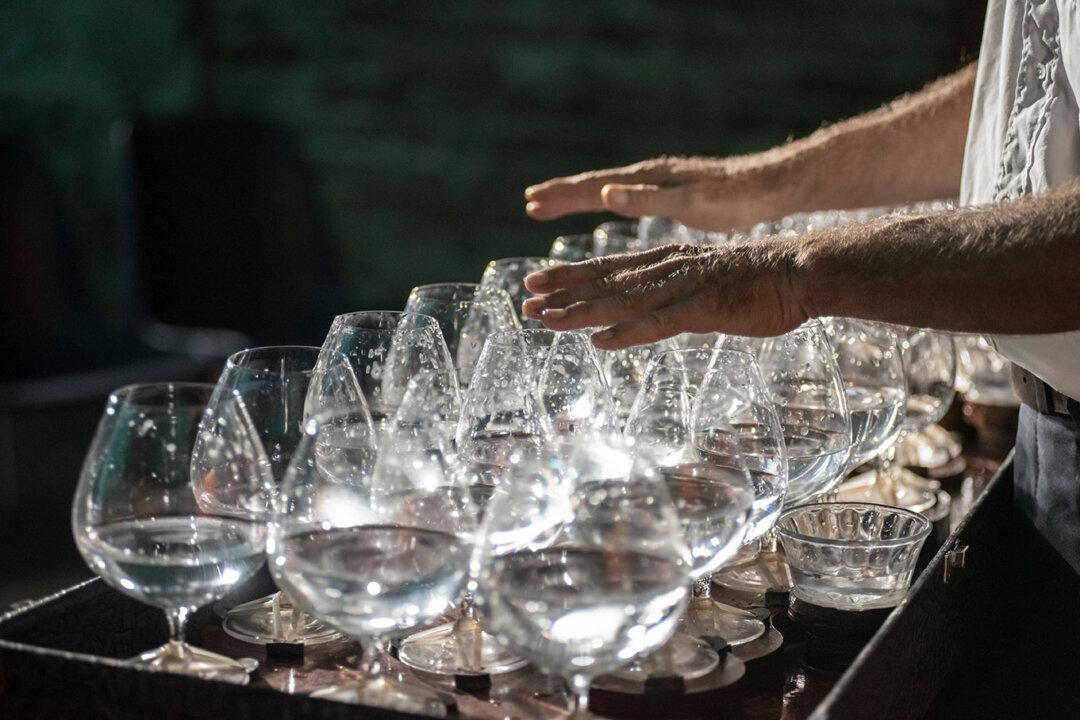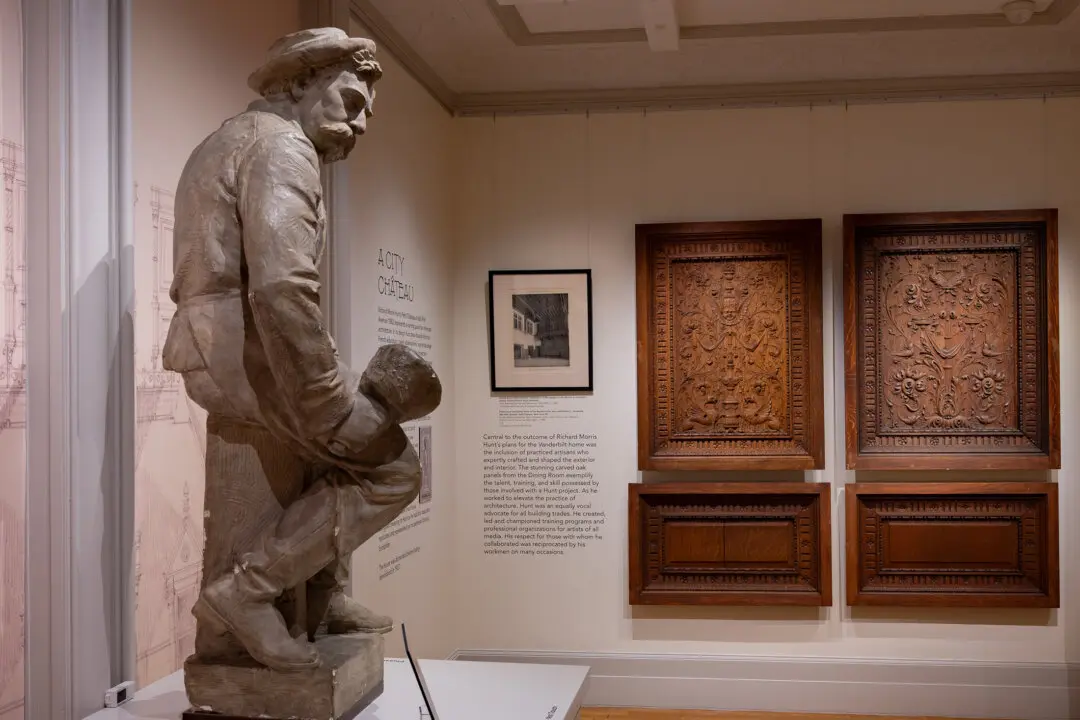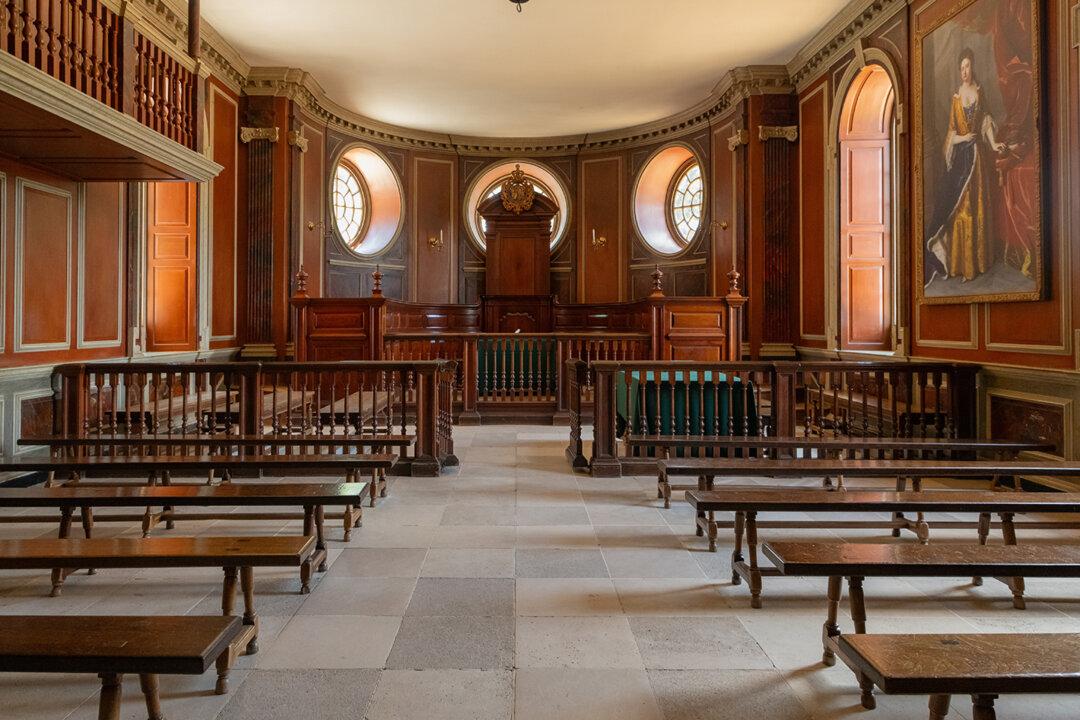Wet your finger and run it around the rim of a wine glass. You get a note! A bored child at a formal dinner with fine crystal will inevitably do it. Further exploration will tell the inquisitive child that if you fill the glass with varying amounts of water, you'll hear different notes. Also, if you have different sizes of crystal glasses, you get a variety of sounds as well. Our ever-curious Founding Father Benjamin Franklin undoubtedly was bored at many formal dinners.
In the middle of the 1700s, Franklin made the dinner circuit while serving as a delegate for the American colonies. He spent an awful lot of time in London and Paris, where such entertainments might go well into the evening. Biographers wryly note that the man who wrote, “early to bed and early to rise,” often slept in the next day, sometimes past 10. That, though, is a story for another day.





